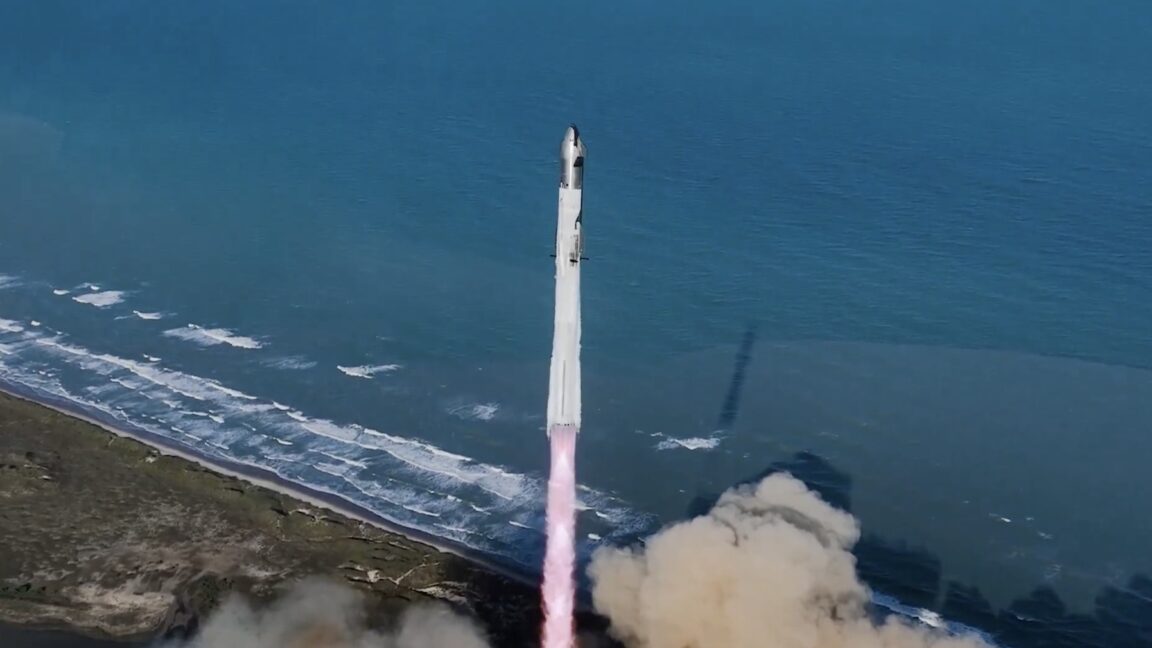Stocks plunged on Tuesday as fears that the Federal Reserve will ultimately spark a recession spread like wildfire after a hotter-than-expected inflation print.
The good, the bad, and the ugly
Of course, the latest CPI report wasn’t all bad. Overall energy prices dipped 5% in August, owing to a 10.6% monthly drop in gasoline prices. And used car prices also fell 0.1% last month, after surging throughout the pandemic.However, taken as a whole, the latest inflation report wasn’t what Wall Street was hoping for. Some 70% of the categories that make up the consumer price index saw annual price increases of more than 4% month over month in August. And although gas prices have dropped sharply since June, experts say energy price relief may not last.Jeffrey Roach, LPL Financial’s chief economist, told Fortune that he fears rising electricity and natural gas prices this winter will end up erasing much of the savings Americans earned from falling gas prices in recent weeks.Roach also argued that rising food costs are a “growing concern.” Food prices rose 11.4% from a year ago in August, the largest year-over-year jump since 1979.“Inflation pressures are especially hurting lower-income households who spend a greater percentage of income on food,” Roach noted.While rising prices at the grocery store are worrying economists, their main concern seems to be shelter inflation. Overall shelter prices rose 0.7% in August, and 6.2% year over year.While that may not seem like a lot, it’s a critical statistic, because shelter prices make up over 32% of the consumer price index, of which roughly 8% is rent prices and some 24% is owner’s equivalent rent (OER)—which is determined by a monthly survey that asks consumers who own a primary residence how much they would pay to rent instead of own their home. Liz Ann Sonders, the chief investment strategist at Charles Schwab, noted in a Tuesday tweet that the OER portion of August’s CPI reading showed a 6.3% year-over-year jump. That’s the fastest increase since April 1986.“The housing sector is critical as it represents almost a third of total CPI and is likely to be a consistent contributor to inflation, as rents are sticky and are slowly reflected in CPI through surveys that have significant lags in reporting,” Jay Hatfield, the CIO of Infrastructure Capital Advisors, told Fortune.However, Hatfield argues the Fed’s policies of raising interest rates and shrinking its balance sheet, thereby reducing the money supply, will eventually work to control inflation.“We continue to be optimistic that inflation will steadily decline over the next six months as the Fed’s 15% reduction in the money supply produces a very strong dollar and slows the housing sector through dramatically higher mortgage rates,” Hatfield said.Bank of America economists, led by chief U.S. economist Michael Gapen, aren’t as optimistic about the timing, arguing that true price stability won’t come until 2024 in a Tuesday research note. And, like most of their peers, the BofA team are also concerned about the rising possibility of a “hard landing” for the U.S. economy.“Altogether, the solid reading on core CPI and core goods prices, in particular, suggests that underlying price pressures remain firm and, in our view, suggests the Fed’s work is only just beginning,” they wrote. “Solid employment gains alongside firm core inflation readings point to additional monetary policy tightening and hard landing risks.”
Sign up for the Fortune Features email list so you don’t miss our biggest features, exclusive interviews, and investigations.
Read More










